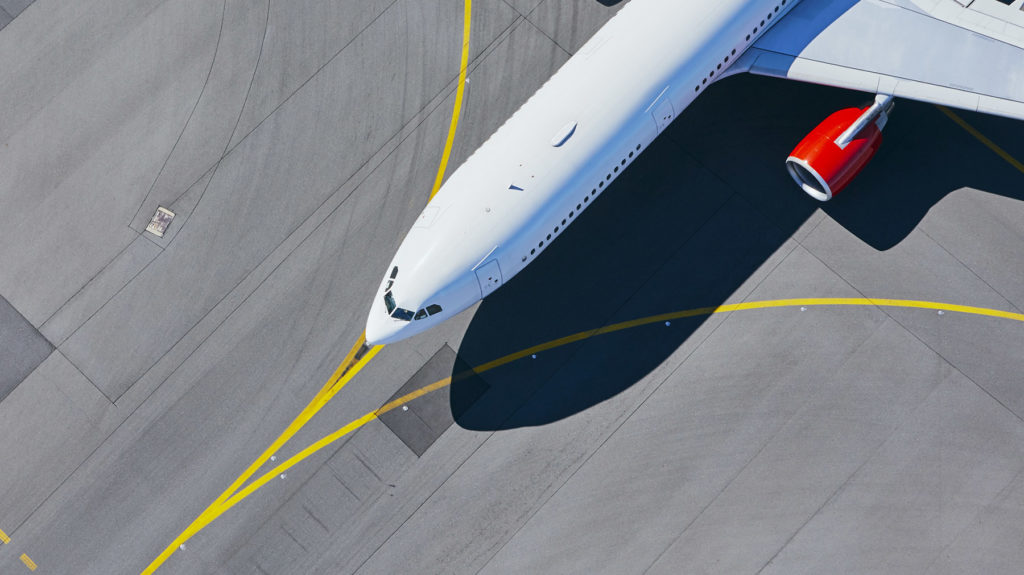
The market needs to create new solutions to mitigate aviation risk
There is no denying the pandemic has profoundly tested the resilience of the aviation industry.
At present, many aircraft are grounded and the vast majority of operators running at reduced capacity. With the resulting huge cash burn and lack of liquidity, some operators have ultimately ceased trading. This has resulted in a significant ground accumulation of aircraft and engines, which in turn leads to concern for insurers, with the potential increase in exposure to extreme weather, deterioration from lack of use and potential terrorist activity.
However, there are positive signs of recovery in a number of domestic operations in various jurisdictions, although an improvement in the trans-continental long-haul business may be a number of years off.
Aviation insurance has the opportunity to evolve. During the second half of 2019 and in common with the insurance market in general, the aviation insurance market saw a rapid transition from a market providing year-on-year rating reductions to a market looking to remain a viable, reputable and creditworthy entity able to provide long-term security for its customers. The result was an almost immediate reversal and increases in rating levels in all areas.
At the same time, during the latter part of 2019 and into 2020 capital providers to some insurers decided regardless of a market recovery they would exit this sector of the insurance market.
Tipping point
The aviation insurance market had reached this tipping point after a prolonged period of rate reductions, together with periods of substantial loss activity, with a number of substantial products and space-related losses.
As the aviation insurance market continues in this “hardening” pattern the experience of both broker and insurer becomes of paramount importance. So policies can be completed to meet the needs if customers, brokers need to demonstrate both insurance market knowledge and aviation industry experience.
Insurers likewise will need to demonstrate they have a full understanding of their customers’ business as the combination of higher insurance costs, airlines under commercial pressures and the increased focus on environmental risk come under in- creased scrutiny.
Now more than ever is the time when the insurance market needs to further address the requirements of the customer base, be it airline, manufacturer, lessor/bank or airport and related businesses, by designing new products and pricing structures to meet the future shape of the aviation industry.
Coming down the track, Covid-19 or not, change and innovation is coming to the aviation sector. Increasingly, investors are seeking improved environmental standards before they will commit finance and this is driving demand for the development of more environmentally friendly aircraft and engines.
Regulatory pressure is also driving change. From January 2021, the Carbon Offsetting and Reduction Scheme for International Aviation will start operating. Airlines have already been monitoring emissions on international routes for the past year and at some point will have to purchase eligible emission units generated by carbon- reduction projects.
There are also environmental, social and corporate governance factors that are likely to become more prevalent when investment decisions are taken into account.
Technical innovation
Although it is possible the current crisis, combined with attractively low fuel prices, may delay or halt this process of change in the short term, technical innovation will undoubtedly be a big factor for the industry over the next decade.
This transformation will need a response from the insurance industry to reflect the changing nature of the aviation environment.
It is true past disasters and crises, both natural and man-made, have thrown up significant challenges for the aviation sector. The terror attacks on September 11, 2001 demonstrated the need for increased security and forced the aviation insurance sector to quantify the risks, costs and pioneer solutions to the problem of terrorists using an aircraft as a weapon. Those solutions included the creation of the Terrorism Risk Insurance Act, the US government backstop for terrorism risk.
In 2008 the onset of the global financial crisis resulted in a number of government bailouts, with many large US carriers filing for Chapter 11 bankruptcy and a number of airline mergers. These were changes that ultimately put the industry on a more profit- able footing.
The aviation insurance community will need to continue to be responsive to the situation the industry is experiencing and there is significant flexibility and understanding on all sides as the industry navigates this difficult time.
As a market we cannot just enter into discussions with insurers on behalf of our clients and accept the market is hardening and therefore rates have to rise. Instead, we now need to look together at the design of policies, and create new solutions to manage and mitigate risk.
This article by Jonny Burns, Oneglobal’s head of aviation, first appeared in Insurance Day.
